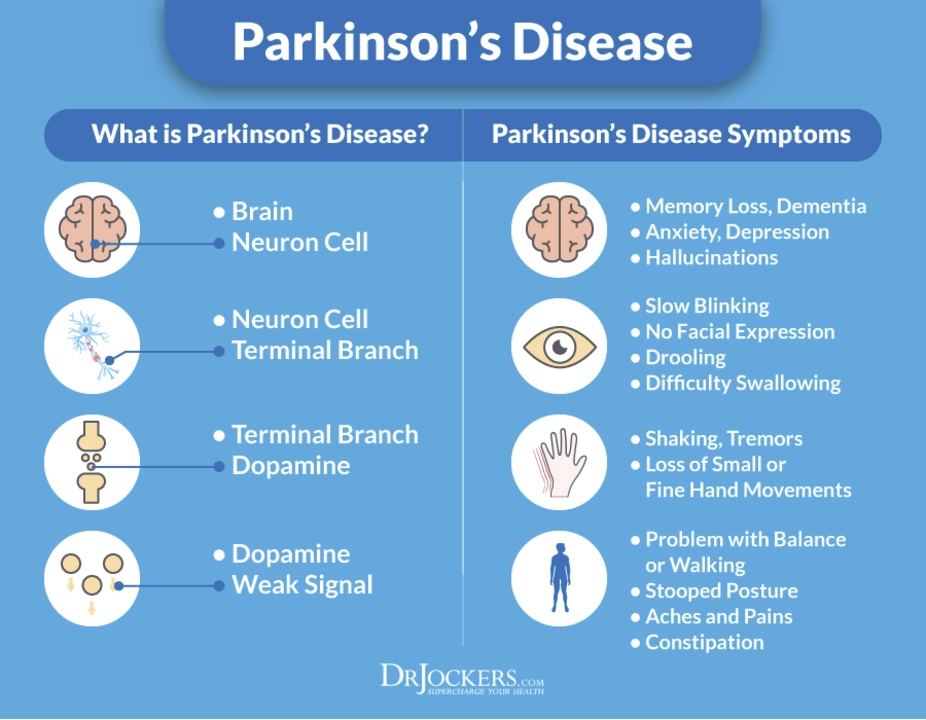Occupational Therapy: How It Helps You Live Better Every Day
Think therapy only fixes pain? Occupational therapy (OT) fixes daily life — the stuff you need to do to live independently, work, and enjoy your day. If dressing, cooking, using a phone, or working after an injury feels harder, OT targets those exact tasks and teaches practical solutions you can use right away.
Who benefits and what OT actually does
OT helps people of all ages. Kids get support for school tasks and play skills. Adults regain job skills after injury or stroke. Older adults keep independence when strength, balance, or memory change. Therapists focus on the task, not just the body part: they break activities into steps, rebuild skills, and adapt the environment.
Common OT goals include improving fine motor skills (buttoning a shirt), managing daily routines (morning hygiene, medication), returning to work with modified tasks, and training to use adaptive tools like reachers, shower chairs, or voice-controlled devices. Therapists also train caregivers, recommend home changes, and teach energy-saving strategies when fatigue is an issue.
How to find an occupational therapist and what to expect
Start with your doctor, local hospital, or insurance directory. Search “occupational therapist near me” and check credentials: look for an OT who is licensed in your state and, ideally, has experience with your condition (stroke, pediatric development, hand therapy, etc.). Ask simple questions: How long have you treated this issue? Do you offer home visits or telehealth? What will a first session look like?
First session: expect a short interview about your daily routine and a hands-on assessment. The therapist will watch you perform real tasks, identify specific barriers, and set clear goals with you. Plans are practical — often involving daily practice, simple equipment, and changes at home or work. Sessions may be weekly or more frequent at first, then taper as you regain independence.
Insurance and cost: many plans cover OT for medical reasons. Call your insurer to check coverage, prior authorization needs, and co-pays. If coverage is limited, ask the therapist about single-session coaching, group classes, sliding-scale fees, or community programs that offer similar help.
Quick tips to get more from OT: bring a list of real tasks you struggle with, take photos or a short video of the task at home, try suggested strategies between sessions, and be honest about pain or fatigue. Small changes — a different chair height, a jar opener, or a new routine — often make the biggest difference fast.
If daily life feels harder than it should, occupational therapy is focused, practical help that trains you to do what matters. It’s not about long lectures or complex machines — it’s about real tasks, tested strategies, and steady progress you can see in your everyday life.

The Role of Trihexyphenidyl in Occupational Therapy for Parkinson's Disease
As a blogger, I've recently come across the topic of Trihexyphenidyl and its role in occupational therapy for Parkinson's Disease. Trihexyphenidyl is an anticholinergic medication that helps alleviate symptoms like tremors and muscle stiffness in Parkinson's patients. In occupational therapy, this medication can significantly improve a patient's ability to perform daily tasks and maintain their independence. It is essential to note that while Trihexyphenidyl is beneficial, it may not work for everyone, and it's crucial to work closely with healthcare professionals to find the best treatment plan. Overall, Trihexyphenidyl has shown promising results in helping Parkinson's patients lead more fulfilling and independent lives through occupational therapy.
More Detail